Introduction
Coloring pages are a fantastic way for children to express their creativity while also learning about different subjects. Tortoises, with their charming shells and slow-moving nature, make for delightful coloring subjects that can capture the imaginations of young artists. In this blog post, we’ll explore 10 engaging tortoise coloring pages designed for kids. These pages offer a range of tortoise illustrations that can provide hours of fun and help children develop their fine motor skills and color recognition.
Age Range: Who Can Enjoy These Coloring Pages?
Coloring pages are suitable for a broad range of ages, and tortoise-themed pages are no exception. Here’s a breakdown of who can enjoy these coloring pages:
- Toddlers (Ages 2-4): Simple and large tortoise illustrations with minimal details are ideal for toddlers. These pages help them practice holding crayons and develop hand-eye coordination.
- Preschoolers (Ages 4-6): Slightly more detailed tortoise coloring pages are perfect for preschoolers. At this stage, children start to recognize different colors and can practice staying within the lines.
- Early Elementary (Ages 6-8): Kids in this age group can handle more complex tortoise designs with intricate patterns. These coloring pages can help improve their focus and attention to detail.
- Older Kids (Ages 8+): Older children might enjoy tortoise coloring pages that feature more sophisticated designs, such as tortoises in various environments or with detailed patterns on their shells. This can be a fun way to challenge their creativity and patience.
Fun Tortoise Facts
Learning about tortoises can be as fun as coloring them. Here are some interesting facts about these fascinating creatures:
- Longevity: Tortoises are known for their impressive lifespan. Some species can live to be over 100 years old!
- Shelled Protection: Unlike turtles, tortoises have domed shells designed for life on land. Their shells provide protection against predators and harsh environmental conditions.
- Slow Movers: Tortoises are famously slow-moving creatures. Their leisurely pace is a result of their low metabolic rate and sturdy build.
- Herbivores: Most tortoises are herbivores, meaning they primarily eat plants. Their diet typically includes grasses, leaves, and vegetables.
- Unique Shell Patterns: Each tortoise has a unique shell pattern, much like human fingerprints. These patterns can help identify individual tortoises.
- Burrowers: Some tortoises are adept burrowers and use their strong legs to dig holes. These burrows can provide shelter from extreme temperatures.
- Diverse Habitats: Tortoises inhabit a variety of environments, from deserts to rainforests. Their adaptations allow them to thrive in different conditions.
- Temperature Regulation: Tortoises are ectothermic, meaning they rely on external heat sources to regulate their body temperature. They often bask in the sun to warm up.
- Social Behavior: While generally solitary, some tortoises can display social behavior, particularly during mating season or when competing for resources.
- Conservation Status: Many tortoise species are threatened due to habitat loss and illegal pet trade. Conservation efforts are crucial to ensure their survival.
Explore 10 Tortoise Coloring Pages For Kids
Tortoise Coloring Page 1 for Kids

Tortoise Coloring Page 2 for Kids

Tortoise Coloring Page 3 for Kids
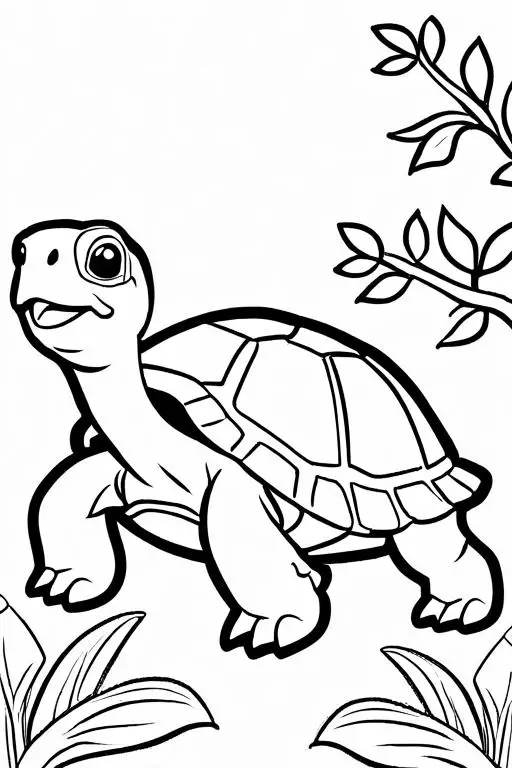
Tortoise Coloring Page 4 for Kids

Tortoise Coloring Page 5 for Kids

Tortoise Coloring Page 6 for Kids

Tortoise Coloring Page 7 for Kids

Tortoise Coloring Page 8 for Kids
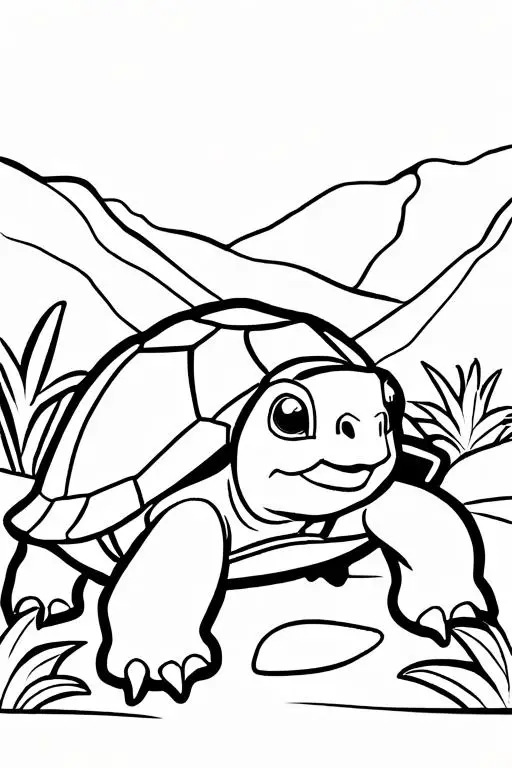
Tortoise Coloring Page 9 for Kids

Tortoise Coloring Page 10 for Kids


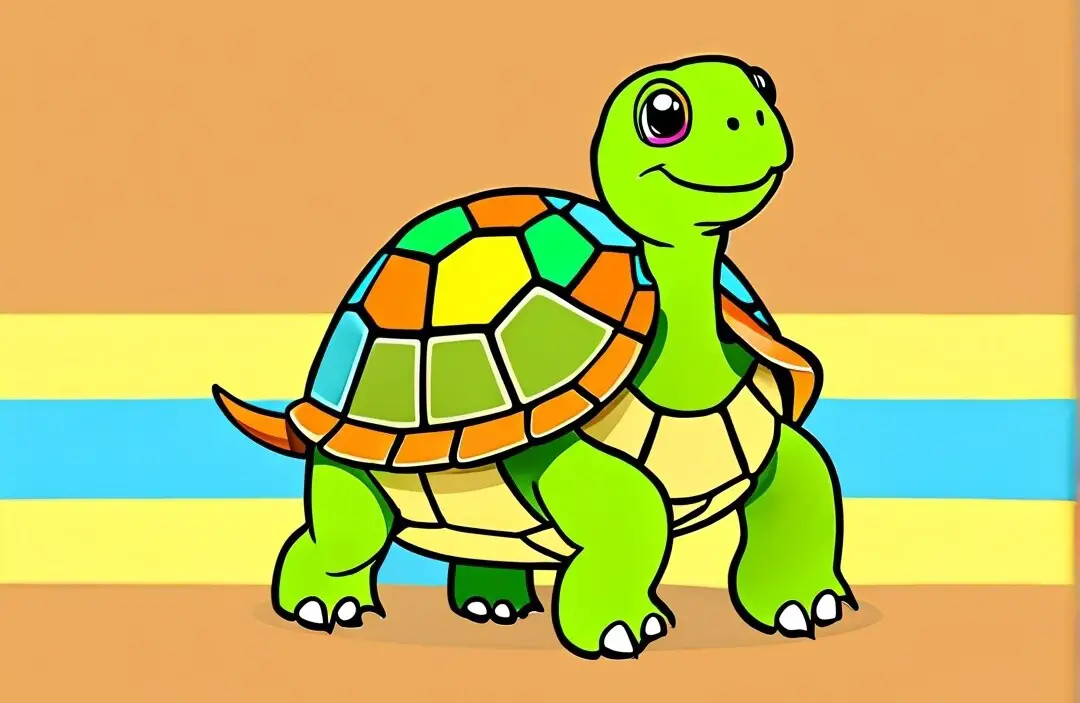
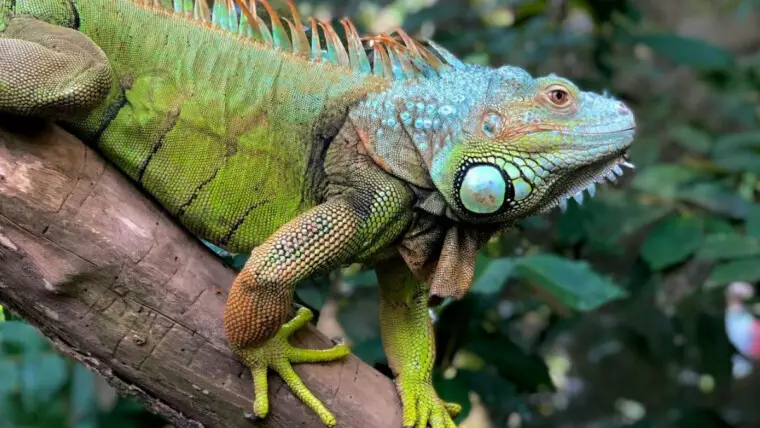
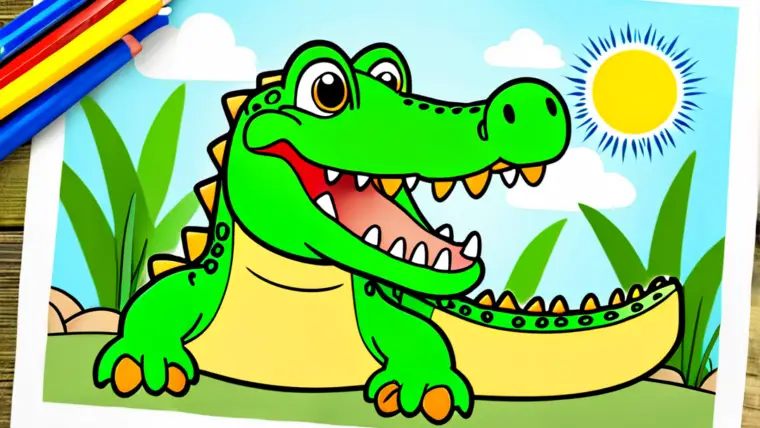
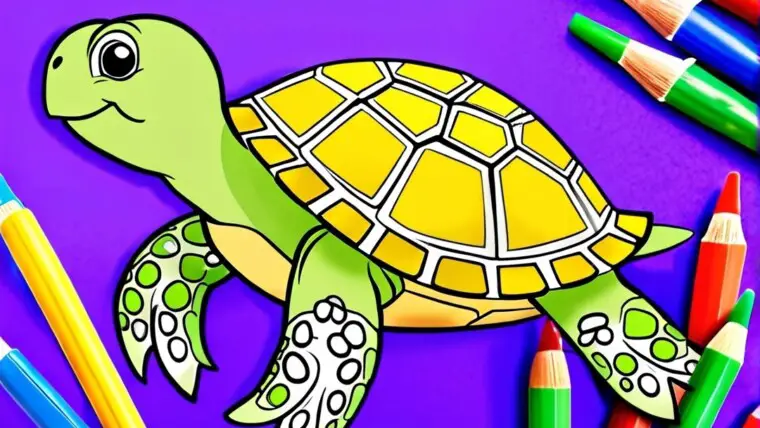
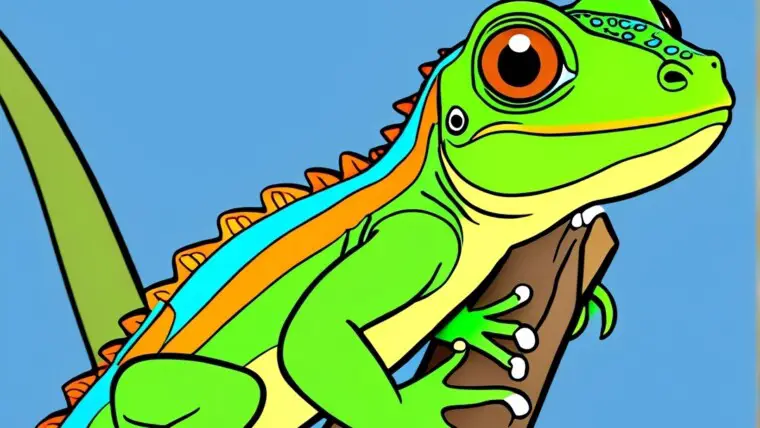
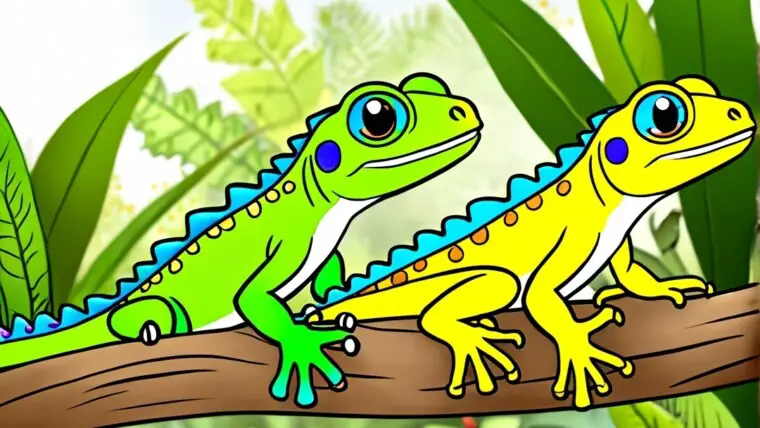
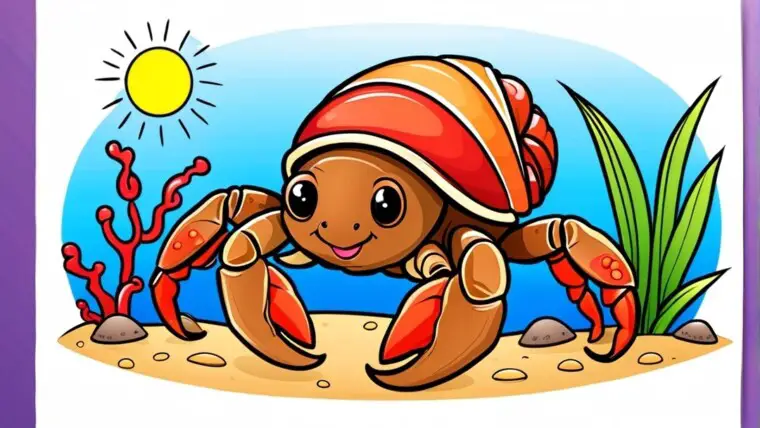
Maze Rampage Kids Activity Books: Unlock Fun and Learning for Toddlers and Preschoolers!
Engage Your Creative Mind with 2,500+ Free Adult Coloring Pages
100 Wasp Coloring Pages For Kids
48 Termite Coloring Pages For Kids